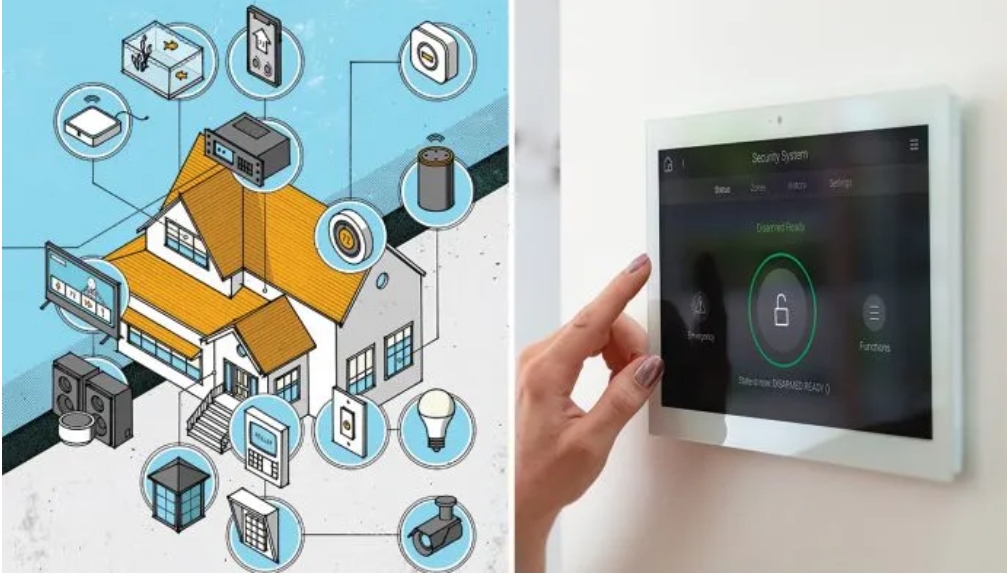In the age of technology, where convenience is king, smart homes have transitioned from a luxury to a necessity for many. The ability to control your environment with the touch of a button or a simple voice command not only enhances comfort but also significantly improves efficiency and security.
However, as our homes become smarter, the challenge of managing numerous devices and platforms grows. Integration solutions have emerged as the golden key to unlocking a seamless smart home experience, simplifying control, and enhancing functionality.
In this post, we’ll walk you through five essential steps to streamline your smart home experience with integration solutions, ensuring a harmonious and hassle-free environment.
5 Essential steps to streamlining your smart home experience with integration solutions
The following steps will help you streamline your smart home experience with integration solutions:
Step #1: Assess Your Current Smart Home Setup
Before diving into integration, take stock of all your smart devices. Identify the different brands and technologies you currently use, from lighting and heating to security and entertainment systems. Understanding the compatibility between these devices is crucial for effective integration. Look for common communication protocols like Zigbee, Z-Wave, or Wi-Fi, and consider how these can be unified under a single control system.
Step #2: Choose a Centralized Integration Platform
Selecting the right platform is the backbone of a streamlined smart home. Options like Apple HomeKit, Google Home, and Amazon Alexa offer wide compatibility, allowing you to manage numerous devices from different brands through a single interface. Consider the ecosystem you’re most invested in or the one that supports most of your devices.
Step #3: Implement Smart Home Hubs and Apps
Incorporating a hub can be a game-changer for a truly integrated smart home. Smart hubs act as the nerve center of your home, facilitating communication between devices and allowing for more complex automation. Pair your hub with a comprehensive app that offers a clear overview and control of your smart home setup. This will enable you to create routines, adjust settings, and monitor your home with ease, all from your smartphone or tablet.
Step #4: Establish Automation and Scenes
The magic of a smart home lies in its ability to adapt to your lifestyle. Set up automation and scenes that reflect your daily routines, such as dimming lights at bedtime or adjusting the thermostat before you arrive home. This step not only enhances convenience but also contributes to energy efficiency, as devices can operate based on need rather than remaining on standby.
Step #5: Regularly Review and Optimize Your Setup
As your smart home evolves, so should your integration strategy. Regularly review your setup to ensure it still meets your needs. Experiment with new devices, update software and tweak automation to refine your smart home experience. Staying informed about the latest smart home trends and technologies can also open up new opportunities for enhancement.
Streamlining your smart home experience with integration solutions is not just about adding more devices; it’s about creating a harmonious ecosystem that works seamlessly to enhance your lifestyle. By following these five steps, you can transform your home into a cohesive, intelligent environment that anticipates and meets your needs with precision.
Whether the gentle nudge from an owl sensor reminding you to turn off the lights or the peace of mind provided by a HomeKit smoke detector monitoring your home, the right integration can elevate your smart home experience to new heights.




